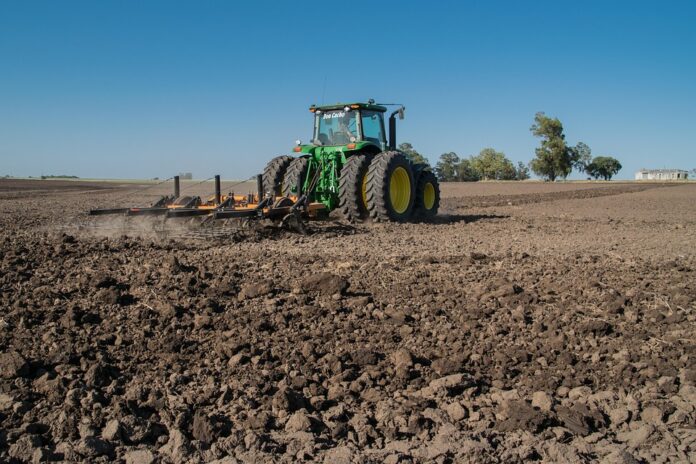Introduction
Farming has been an essential part of human civilization for thousands of years, and over time, farmers have developed various cultivation tools to make their work more efficient and productive. In this report, we will compare traditional and modern cultivation tools used by farmers, analyzing their benefits, drawbacks, and impact on the agricultural industry.
Traditional Cultivation Tools
Hand Tools
Hand tools have been used by farmers for centuries and include implements such as hoes, spades, and sickles. These tools are simple, easy to use, and require no external power source. However, they are labor-intensive and can be slow, especially when working on large farms. Hand tools are still used in many developing countries where mechanized equipment is not readily available.
Animal-Drawn Implements
Animal-drawn implements, such as plows and carts, were a significant advancement in agricultural technology. By harnessing the power of animals, farmers were able to till the soil more efficiently and transport goods over longer distances. While these tools were a vast improvement over manual labor, they still required a considerable amount of physical effort from both humans and animals.
Traditional Irrigation Systems
Traditional irrigation systems, such as canals, ditches, and wells, have been used for centuries to ensure crops receive an adequate water supply. While these systems are effective, they can be inefficient in terms of water usage and labor required for maintenance. Additionally, traditional irrigation methods can be susceptible to weather conditions, leading to water scarcity during droughts or flooding during heavy rains.
Modern Cultivation Tools
Mechanized Equipment
Modern farmers have access to a wide range of mechanized equipment, such as tractors, combine harvesters, and seed drills. These tools are powered by engines and can significantly increase efficiency and productivity on the farm. Mechanized equipment allows farmers to work larger areas of land in less time, reducing labor costs and increasing overall output.
Irrigation Technology
Modern irrigation technology, such as drip irrigation and sprinkler systems, has revolutionized the way farmers water their crops. These systems deliver water directly to the roots of plants, reducing water wastage and improving crop yields. Additionally, modern irrigation technology can be automated, allowing farmers to control water distribution remotely and adjust based on weather conditions.
Precision Agriculture
Precision agriculture utilizes technology such as GPS, drones, and sensors to optimize farm management practices. By collecting data on soil conditions, weather patterns, and crop growth, farmers can make informed decisions about planting, fertilizing, and harvesting. Precision agriculture can increase efficiency, reduce input costs, and minimize environmental impact.
Comparison and Impact
When comparing traditional and modern cultivation tools, it is clear that modern tools offer significant advantages in terms of efficiency, productivity, and sustainability. While traditional tools have their place in certain contexts, they are often labor-intensive and less precise than their modern counterparts.
The adoption of modern cultivation tools has had a profound impact on the agricultural industry, leading to increased yields, reduced labor costs, and improved environmental stewardship. However, the high upfront cost of modern equipment can be a barrier for many small-scale farmers, especially in developing countries.
Conclusion
In conclusion, the comparison of traditional and modern cultivation tools for farmers highlights the evolution of agricultural technology and its impact on the industry. While traditional tools have served farmers well for centuries, modern tools offer increased efficiency, productivity, and sustainability. The challenge moving forward will be to ensure that all farmers have access to the tools and resources they need to succeed in an ever-changing agricultural landscape.




